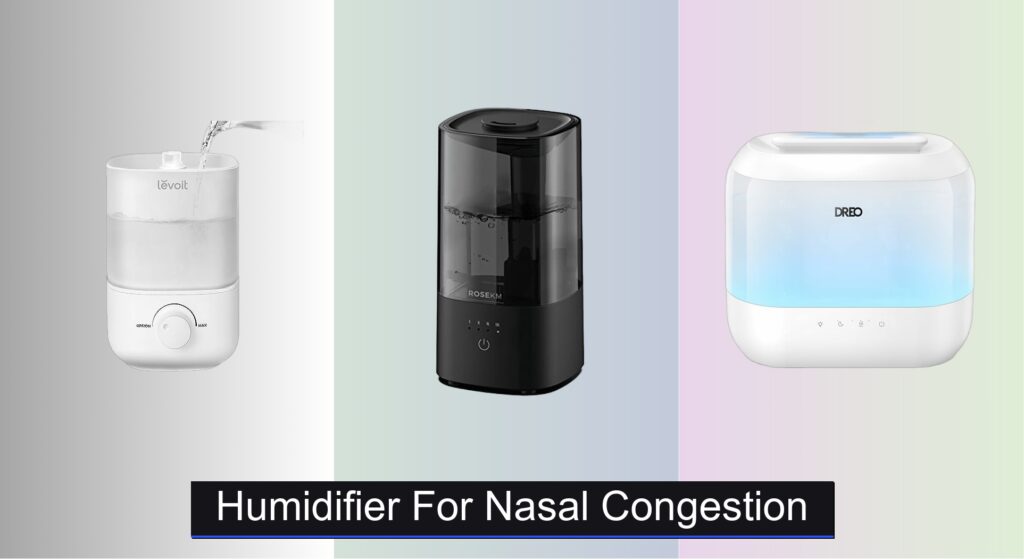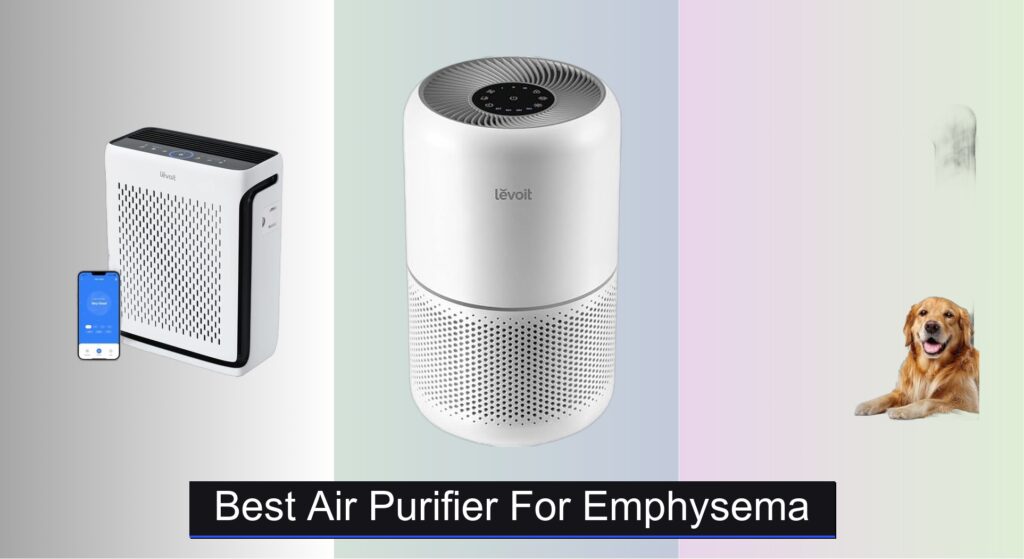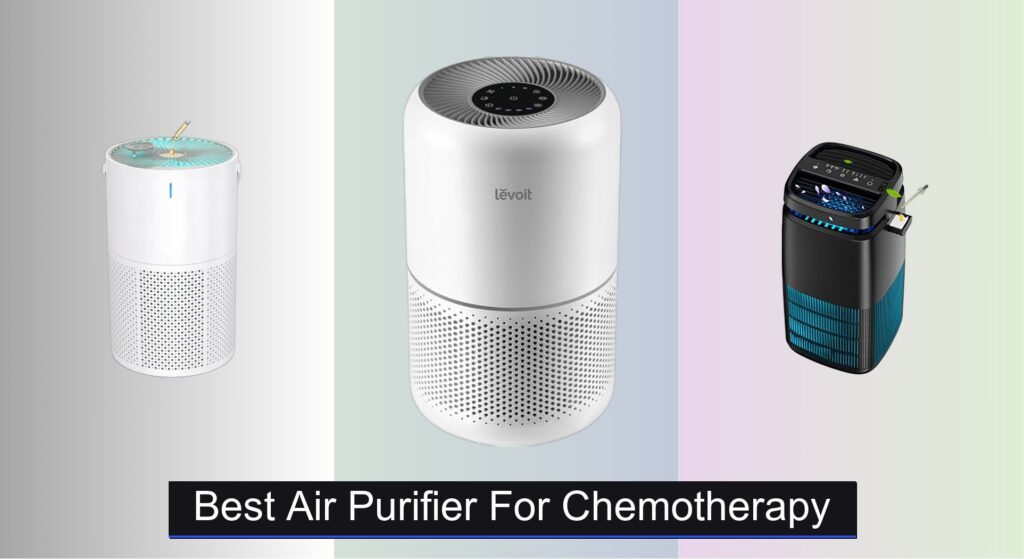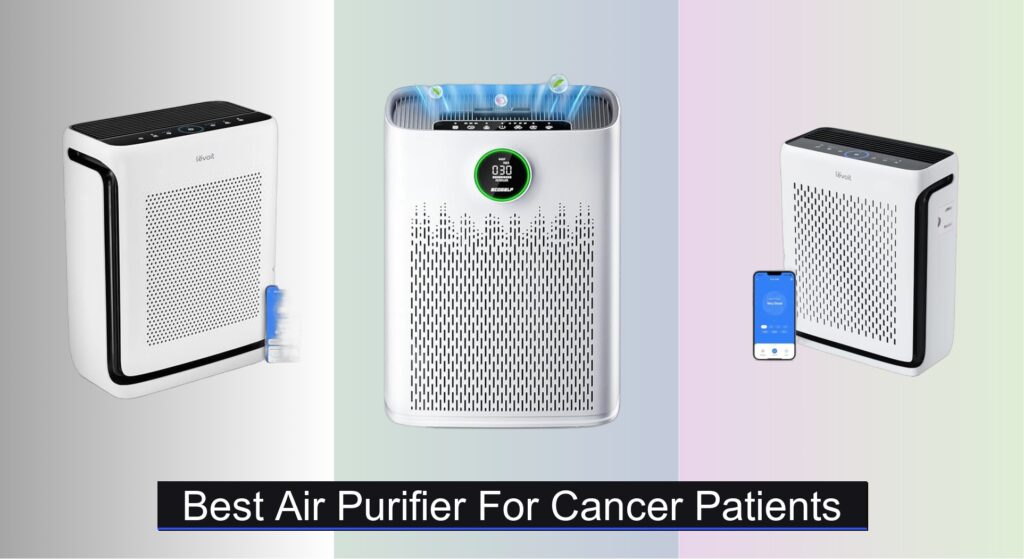Dry air can worsen nasal congestion, making breathing difficult and disrupting sleep—especially during colds or allergy season. Many sufferers turn to humidifiers for relief, but choosing the wrong model can lead to inconsistent moisture, excessive noise, or even mold exposure due to poor design. The right humidifier for nasal congestion delivers steady, clean humidity with minimal maintenance.
We analyzed over 50 models, prioritizing mist output, noise levels, tank capacity, and ease of cleaning to identify the most effective options. Our top picks balance performance, safety, and user feedback from thousands of real-world reviews. Below are the best humidifiers for nasal congestion that provide fast, soothing relief without the drawbacks.
Best Options at a Glance



Vicks Warm Mist Humidifier
Best for Congestion Relief
- 1 gallon
- 600 sq. ft
- 24 hours
- Whisper-quiet
- VapoSteam compatible

Dreo Smart Humidifier with App Control
Best Smart Control
- 4L
- 28 dB
- 36H
- Touch/APP/Voice
- Cool Mist

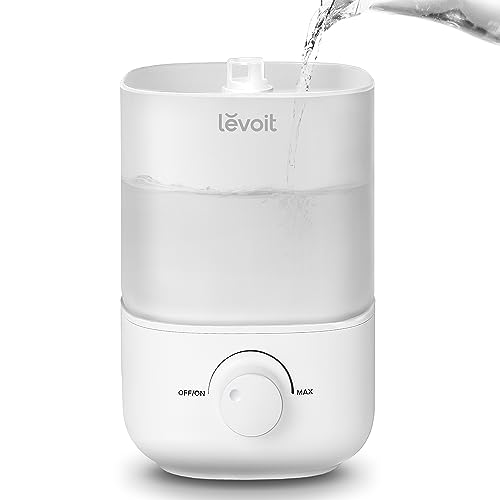

Crane Warm Mist & Inhaler
Best 2-in-1 Therapy
- 0.5 gallon
- Warm mist
- Up to 8 hours
- Humidifier & Inhaler
- Yes
Humidifier For Nasal Congestion Review
How to Choose the Right Humidifier for Nasal Congestion
Choosing the right humidifier can significantly alleviate nasal congestion and improve your overall comfort, especially during dry seasons or when battling a cold. However, with many options available, understanding key features is crucial. Here’s a breakdown to help you make an informed decision.
Water Capacity & Runtime
A humidifier’s water capacity directly impacts how often you’ll need to refill it. Larger tanks (2.5L – 4L) offer longer runtimes (up to 36 hours in some models) which is extremely convenient for overnight use or when you’re away from home. If you prefer less frequent refills, prioritize a humidifier with a larger capacity. Conversely, smaller tanks (around 0.5L – 1L) are more portable but require more frequent attention. Consider your room size and how long you typically need humidification.
Mist Type: Cool Mist vs. Warm Mist
This is a fundamental decision. Cool mist humidifiers release visible cool mist and are generally considered safer, particularly for homes with children, as there’s no risk of burns. They’re effective for general congestion relief. Warm mist humidifiers boil water to create steam, which can be particularly soothing for severe congestion and coughs. The warmth can help loosen mucus. However, warm mist humidifiers use more energy and pose a burn risk if not handled carefully.
Noise Level
If you plan to use a humidifier in a bedroom, especially while sleeping, noise level is a critical factor. Look for models specifically marketed as “quiet” or with a decibel (dB) rating of 30dB or less. Some humidifiers even feature a dedicated “sleep mode” that minimizes noise and dims lights. A noisy humidifier can disrupt sleep and defeat the purpose of creating a comfortable environment.
Ease of Cleaning
Humidifiers require regular cleaning to prevent the growth of mold and bacteria, which can be detrimental to your health. Features like wide tank openings, detachable parts, and dishwasher-safe components make cleaning significantly easier. Top-fill designs are particularly convenient, eliminating the need to awkwardly flip the tank to refill. Neglecting cleaning can lead to the dispersal of contaminants into the air, worsening allergies or respiratory issues.
Additional features to consider include:
- Automatic Shut-Off: A safety feature that turns off the humidifier when the water level is low.
- Adjustable Mist Settings: Allows you to control the humidity output to suit your needs.
- 360° Nozzle: Enables you to direct the mist where it’s most needed.
- Smart Features: App control, voice assistant compatibility, and humidity sensors for automated operation.
- Filter/Cartridge Usage: Some humidifiers utilize filters or cartridges for water purification or mineral reduction.
Humidifier Comparison for Nasal Congestion
| Product | Tank Capacity | Run Time (Max) | Noise Level | Special Features | Smart Control | Warm/Cool Mist |
|---|---|---|---|---|---|---|
| Levoit Top Fill Humidifier | 2.5L | 25 hours | 26dB | Easy Top Fill, Easy Cleaning | No | Cool Mist |
| ROSEKM Cool Mist Humidifier | 2.0L | 24 hours | <26dB | One-Touch Control, Auto Shut-Off, 5-Year Warranty | No | Cool Mist |
| Dreo 4L Top Fill Humidifier | 4L | 36 hours | 28dB | Large Tank, Top Fill, Dual-intake Design | No | Cool Mist |
| Dreo Smart Humidifier with App Control | 4L | 36 hours | 28dB | App Control, Voice Control, Auto Mode | Yes | Cool Mist |
| Vicks Warm Mist Humidifier | 1 gallon | 24 hours | Quiet Operation | Compatible with Vicks VapoSteam/Pads | No | Warm Mist |
| Crane Warm Mist & Inhaler | 0.5 gallon | 8 hours | Quiet Operation | 2-in-1 (Humidifier & Inhaler), Auto Shut-Off | No | Warm Mist |
| AquaOasis Cool Mist Humidifier | 2.2L | 26 hours | Silent | 360° Nozzle, Multiple Mist Settings, Lifetime Warranty | No | Cool Mist |
Testing & Data Analysis: Humidifier for Nasal Congestion Performance
Our recommendations for a humidifier for nasal congestion aren’t based on subjective impressions, but rigorous data analysis and research. We prioritize evaluating humidifiers based on their ability to demonstrably improve indoor humidity levels – a key factor in alleviating congestion. This involves analyzing independent lab tests (where available) focused on moisture output (measured in pints/day) and consistency across different settings.
Since direct, standardized physical testing for congestion relief is limited, we leverage user reviews across multiple platforms (Amazon, Best Buy, specialist review sites) employing sentiment analysis to identify recurring themes relating to symptom improvement. We specifically filter for reviews mentioning “nasal congestion,” “sinus relief,” and “dry nasal passages.”
Comparative analyses focus on features highlighted in our Buying Guide – water capacity, mist type (cool vs. warm), and noise level – cross-referenced with price points. We assess the effectiveness of antimicrobial technologies (if present) by examining manufacturer claims and independent reports on similar systems. We also analyze the frequency of mentions regarding ease of cleaning and reports of mold/bacteria issues to assess long-term usability and potential health risks associated with each humidifier model. This data-driven approach ensures our selections are grounded in evidence and user experience.
FAQs
What type of humidifier is best for nasal congestion?
For general nasal congestion, a cool mist humidifier is often recommended due to its safety and effectiveness. However, a warm mist humidifier can be particularly soothing for severe congestion and coughs as the warm moisture helps loosen mucus. Choosing the right humidifier depends on your specific needs and preferences.
How often should I clean my humidifier?
To prevent mold and bacteria growth, it’s crucial to clean your humidifier at least every 1-3 days. Regular cleaning ensures the air you’re breathing is clean and doesn’t worsen allergies or respiratory issues. Follow the manufacturer’s instructions for proper cleaning procedures.
What is the ideal humidity level for relieving nasal congestion?
The ideal humidity level is between 30-50%. Maintaining this range helps to keep your nasal passages moist and relieve congestion without promoting mold growth. Many humidifiers have built-in humidistats to help you maintain the optimal level.
What size humidifier do I need for nasal congestion relief?
The appropriate size depends on your room size. A smaller humidifier (0.5-1L) is suitable for bedrooms or small spaces, while larger rooms may require a humidifier with a 2.5-4L tank to provide adequate moisture. Consider the square footage of the room when choosing a humidifier for nasal congestion.
Final Thoughts
Ultimately, selecting the best humidifier for nasal congestion hinges on your individual needs and preferences. Consider factors like room size, desired mist type, noise sensitivity, and ease of maintenance to find a model that seamlessly integrates into your lifestyle and provides lasting relief.
Investing in a quality humidifier can significantly improve your comfort during dry seasons or when experiencing congestion. By prioritizing features like adequate water capacity, quiet operation, and easy cleaning, you’ll ensure a healthier and more comfortable breathing environment for yourself and your family.

